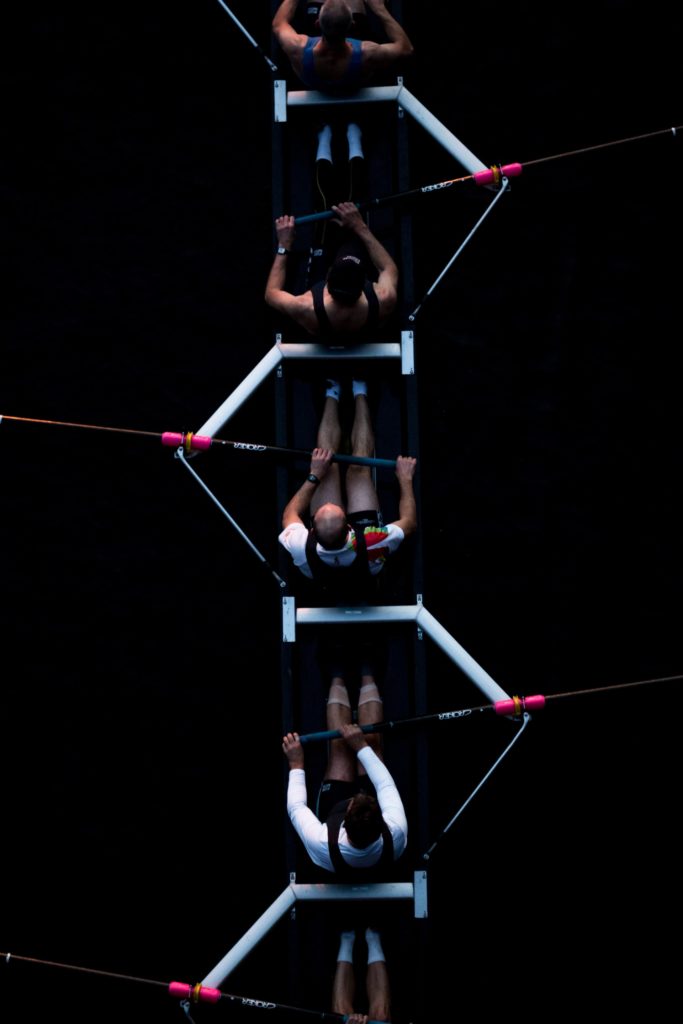After a brief stint on the crew team in college, I ended up serving as a rowing coach and coxswain for a local rowing club in my hometown for a little over a decade.
Being the little person jammed into the “back” seat is about more than just yelling stuff, which is what people think the role entails. The coxswain is steering, attending to safety, coaching technical issues, motivating, and, in competition, managing and implementing race strategy.
If you look at a crew shell, you realize that the coxswain can only see the person directly in front of them. So my students were always shocked when I would remind a rower to stop looking out of the boat. After practice, they’d come up and say to me, “How did you know I was looking out of the boat?”
Because when you’re not looking ahead, you aren’t paying attention to what’s in front of you.
One person looking out messed up the cadence, and we’d slow down.
I hung up my coaching hat a while ago now, but I’m struck by how often this same practice haunts our work in fundraising and advancement. Presidents, boards, and staff always want to know what everyone else is doing and how their organization compares to others.
While the instinct is understandable, the time and effort spent on peer comparisons is a distraction from developing the discipline of looking deeply at your own data, understanding what you see, and using that information to improve your own performance year over year.
So before looking at what others are doing:
-
- Look at your own gift table and see how many donors are giving at each level and what you can do to strengthen and expand your results.
- Look at your donor retention, reactivation, and acquisition by donor loyalty type, and see if there are issues.
- Understand the strategy behind each solicitation program/vehicle you have. What is the goal and purpose of it? How would you know if it is working? If that’s not clear, or you can’t tell, start there.
- Make a gift to your own organization and pay attention to each step of the giving experience: how giving makes you feel and what could be done better to improve, delight, and be special to those who support you.
- Look at your volunteer and engagement programs. Do you have a strategy behind them or are you just doing what you think you should or because you’ve always done it?
- Look at the communications sent to your constituencies. If you removed your organization’s name and put in one from another charity, could you tell the difference?
If you don’t have a unique vision, great stories to tell, and a deep understanding of your own community of donors, borrowing ideas from someone else isn’t going to make you excellent. Years ago, when I presented an analysis of a client’s data in depth, a staff member came up to me afterwards and said that for years they went to annual conferences and did what others were doing. He realized that all they were doing was “pooling our mediocrity.” I have never forgotten that phrase.
I’ve encountered organizations that stopped a phonathon program that was delivering a huge share of their supporters or added a giving day that took a frontline fundraiser offline. These actions cost these programs a lot of donors and a lot of revenue, but they did them because some other place did it and it seemed like a success. And when I research and show them the impact of their shifting resources, they don’t always want to face the reality of their own data. Meanwhile, greater goals and expectations are placed on staff to perform, without the ability to use data to set goals and map out strategies and tactics to stay on course and on pace to cross the finish line.
No wonder there’s so much turnover in our field.
No matter where you are in the boat, stop reacting to your environment and pay attention to what’s in front of you. Then you’ll truly be pulling together as a team. And it’s how you win.
Maya Gasuk

